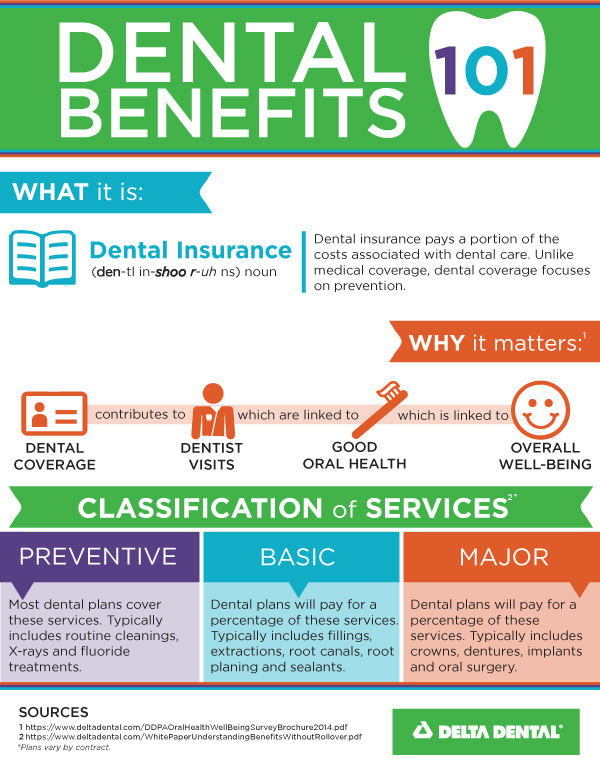Contrasting Invisalign And Typical Dental Braces: An In-Depth Assessment
Contrasting Invisalign And Typical Dental Braces: An In-Depth Assessment
Blog Article
Post Created By-Bekker Beck
When faced with the decision between Invisalign and traditional braces, you might ask yourself which option lines up better with your way of life and preferences. The choice entails more than just the visual appeal; it delves into variables like treatment duration, comfort, and long-term dental health and wellness effects. Take into consideration the influence each option may have on your daily routine and positive self-image. As we discover the comprehensive comparison, you'll gain understandings right into the subtleties that make these orthodontic therapies one-of-a-kind and find which one might be the far better fit for you.
Materials and Building and construction
When comparing Invisalign to typical braces, the products and building differ considerably. Invisalign consists of clear, smooth plastic aligners personalized to fit your teeth. These aligners are basically unnoticeable, making them a prominent choice for those looking for a more very discreet orthodontic therapy.
On the other hand, standard braces include metal braces that are glued to your teeth. These brackets are then linked by cords and elastic band, using stress to slowly change your teeth into the preferred position.
The construction of Invisalign aligners allows for a more comfy fit compared to conventional dental braces. The smooth plastic product lowers inflammation to your cheeks and gum tissues, which is an usual issue with steel brackets and cords. In addition, Invisalign aligners are detachable, making it simpler to clean and floss your teeth with no obstructions.
On the other hand, standard braces are taken care of onto your teeth, calling for extra treatment and time for correct upkeep.
Maintenance and Oral Health
The maintenance and dental hygiene techniques differ in between Invisalign and traditional dental braces due to their distinct style and building.
With Invisalign, you can remove the aligners when consuming or brushing your teeth, enabling you to maintain your normal oral hygiene regimen with no blockages. It's critical to brush your teeth after consuming prior to placing the aligners back on prevent food bits from getting entraped and triggering degeneration.
On the other hand, conventional braces need added focus to maintain your teeth clean. Food bits can easily obtain embeded the brackets and cords, leading to plaque build-up and possible dental caries. You'll require to make use of unique devices like interdental brushes or floss threaders to clean in between the cables and brackets successfully.
Normal oral check-ups and cleanings are necessary to make sure that your oral hygiene is in top condition while using conventional dental braces.
Visibility and Looks
Visibility and aesthetic appeals play a significant function in the comparison between Invisalign and typical braces. When it pertains to appearance, Invisalign provides a clear benefit over standard dental braces. https://toothimplantcostnearme39506.blogsidea.com/36523330/eager-to-discover-the-methods-for-attaining-optimal-oral-tidiness are virtually invisible, making them a popular option for those who prefer a much more discreet orthodontic therapy choice.
Unlike the obvious steel brackets and cables of standard braces, Invisalign aligners are transparent and blend in with your all-natural teeth, enabling you to smile with confidence throughout your therapy.
Conventional braces, on the other hand, are much more obvious because of their metal parts. While some might opt for colorful bands to customize their dental braces, others could feel uncomfortable regarding the exposure of these orthodontic devices. The popular appearance of conventional braces can in some cases impact an individual's self-confidence, especially for grownups in expert setups.
Final thought
To conclude, when choosing in between Invisalign and standard dental braces, consider your lifestyle and preferences. Invisalign offers a discreet and comfy choice with simple upkeep, while standard braces supply vivid personalization but might affect self-esteem.
Inevitably, the decision must be based on what jobs best for you in terms of aesthetics, ease, and comfort. Make certain to seek advice from your orthodontist to establish the most appropriate therapy for your private needs.
